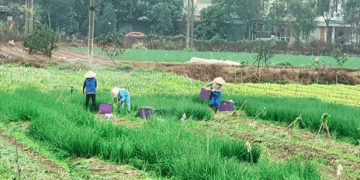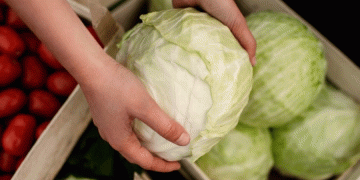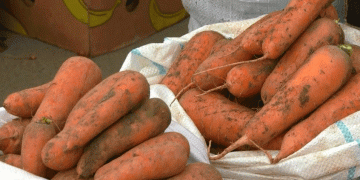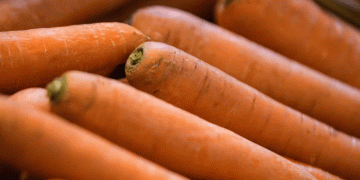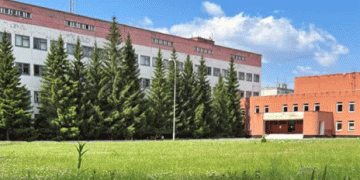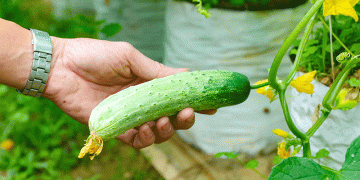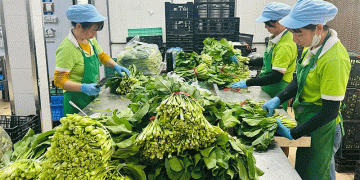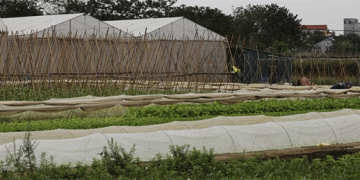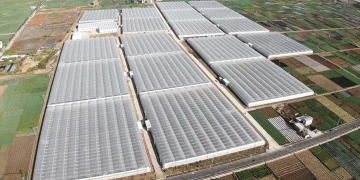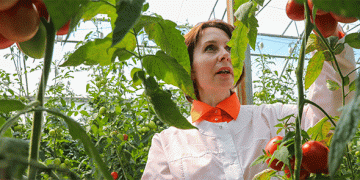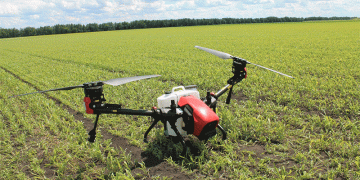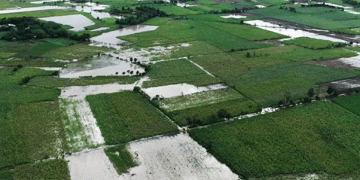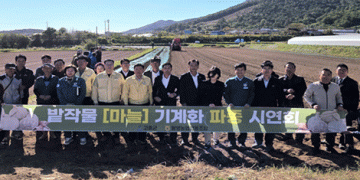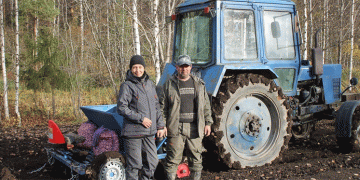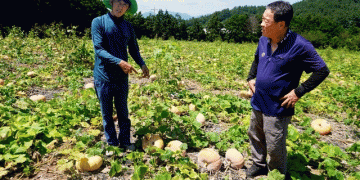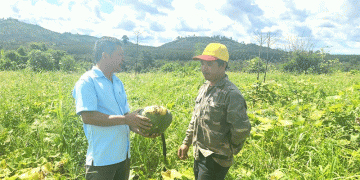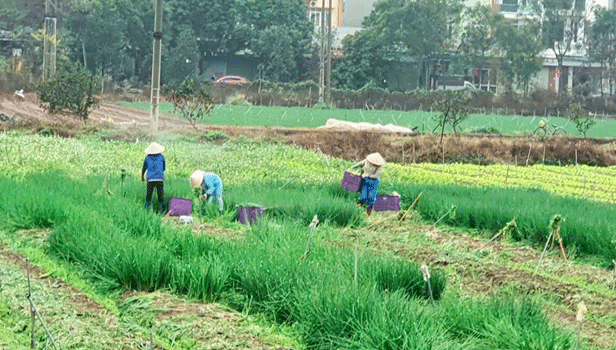In Vĩnh Phúc Province, Vietnam—a key vegetable-producing region just north of Hanoi—the early months of 2025 have brought an unexpected twist for farmers: too much success. Thanks to ideal winter-spring conditions marked by high humidity and cool temperatures, vegetable crops flourished with minimal input. However, this abundance has led to a sharp drop in market prices, challenging farmers who now find themselves with high-quality produce but limited profits.
Market Glut and Price Slumps
Since post-Tết (Lunar New Year) harvests began, farmers have been rushing to clear fields to prepare for rice planting, releasing a flood of vegetables into local markets. Prices for key products have dropped by 40–60% compared to two months prior:
- Cabbage: 5,000–8,000 VND/head
- Kohlrabi: 2,000–3,000 VND/root
- Carrots: 5,000–7,000 VND/kg
- Chayote: 4,000–5,000 VND/kg
- Water celery: 3,000 VND/bundle
- Onions and herbs: as low as 5% of pre-Tết prices
While consumers benefit from safe, pesticide-free vegetables, farmers are earning less—many have even delayed planting rice or left vegetables unharvested in hopes of a rebound in price.
A Systematic Farming Ecosystem
Despite the temporary glut, Vĩnh Phúc’s vegetable sector is underpinned by systematic planning and policy support that offer long-term potential:
- Annual vegetable area: ~10,000 ha
- Annual output: >200,000 tons
- Core production hubs: Yên Lạc, Tam Dương, Vĩnh Tường, Tam Đảo, Bình Xuyên
- Contracted area with supply agreements: 124 ha, yielding 8,670 tons/year
The province is actively implementing the VietGAP (Vietnamese Good Agricultural Practices) system across 1,840 ha, adjusting crop allocation annually to reflect market demand. Priority crops include:
- Pumpkin: 780 ha
- Cucumber: 370 ha
- Tomato: 50 ha
- Potato: 80 ha
- Chili: 50 ha
- Other vegetables: 540 ha
Local agricultural authorities are also encouraging land consolidation, crop rotation, and value chain integration to improve resilience.
Policy Support and Farmer Strategy
The province offers 50% subsidies on:
- Seeds for safe vegetables (e.g., tomatoes, cucumbers, pumpkins, potatoes)
- Organic and biological fertilizers
- Biological plant protection products
Twelve cooperatives, such as Vân Hội Xanh and An Hòa Agricultural Service Cooperative, are now key suppliers for schools, supermarkets, and safe-food stores in both Vĩnh Phúc and Hanoi.
As one grower in Gia Khánh Town noted, “We know prices will rise again after rice is planted—so we’re holding off a little longer.” Others have leaned on dual cropping systems, using income from quick-harvest greens to finance inputs for slower-growing or higher-value crops.
Vĩnh Phúc’s early 2025 vegetable price drop is a reminder of the volatility in open-market agriculture—but it’s also a case study in smallholder resilience. Through strategic production models, government support, and dynamic land-use management, farmers in the province are turning short-term challenges into long-term opportunity. With continued investment in safe food systems and market linkages, the region is poised not only to rebound—but to thrive.
